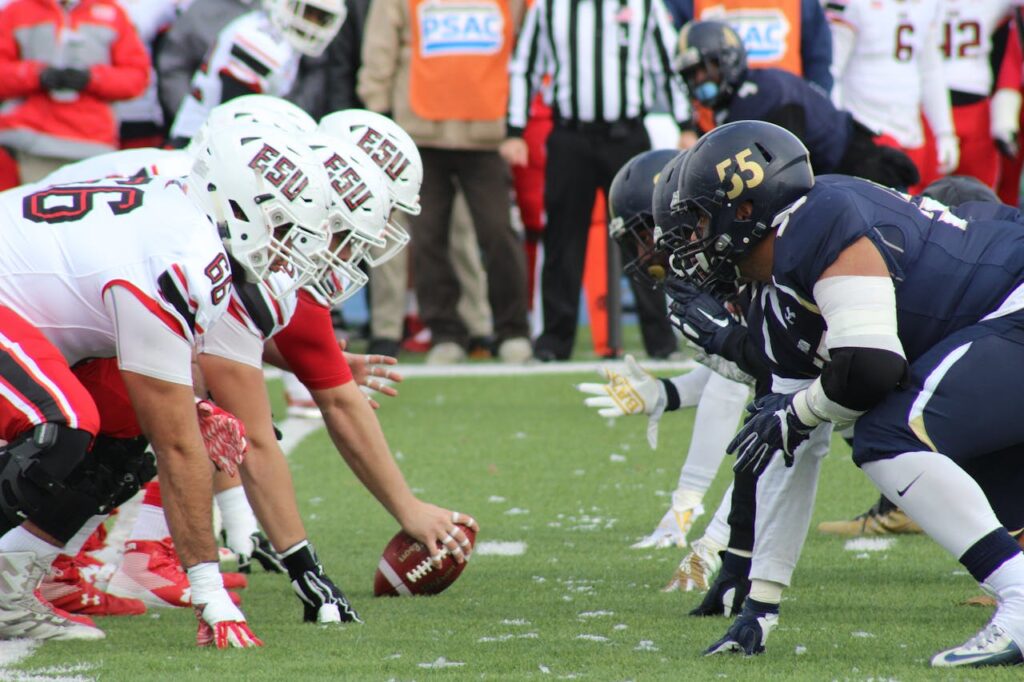Sports betting is an exciting way to engage with your favorite sports, but it can be intimidating for beginners due to the numbers and terms involved. One of the first steps to successful betting is understanding sports betting odds.
Moreover, these odds not only tell you the likelihood of an event occurring but also how much you stand to win. In this article, we’ll break down the basics and help you make sense of the odds so you can start betting with confidence.
What Are Sports Betting Odds?
Simply put, sports betting odds represent the probability of an event happening. They help you understand how likely a team is to win and what kind of return you can expect on your bet.
The Role of Odds in Betting
- Probability: Odds indicate the implied probability of an outcome. For example, low odds suggest a high chance of success, while higher odds imply a less likely result.
- Potential Return: Odds also determine how much money you can win. The higher the odds, the larger your potential payout.
Different Types of Sports Betting Odds
There are three primary formats for sports betting odds: decimal, fractional, and moneyline (American). The format you encounter will depend on where you’re betting, but understanding all three will make you a more versatile bettor.
Decimal Odds
Common in Europe, decimal odds are straightforward to interpret. They show the total amount you’ll win for every dollar you bet, including your stake.
- How to Calculate: Multiply your stake by the decimal odds to find your total return.
- Example: If you bet $10 at odds of 2.5, your total return is $25 (10 x 2.5).
- Pros: Simple to understand and calculate, especially for beginners.
Fractional Odds
Fractional odds are most popular in the UK. They are presented as fractions (e.g., 5/1), showing how much you’ll win for every unit staked.
- How to Interpret: The numerator (5) is the amount you’ll win, and the denominator (1) is your stake. So, for every $1 wagered, you win $5.
- Example: Betting $10 on 5/1 odds means you’ll receive $50 in profit plus your original $10 back.
- Different Formats: Fractional odds can appear as “to win” or “to stake.”
Moneyline (American) Odds
Popular in the U.S., moneyline odds are represented with positive or negative numbers. They show how much you need to bet or how much you stand to win.
- Positive Odds: A +150 money line means you’ll win $150 for every $100 bet.
- Negative Odds: A -200 moneyline indicates you must bet $200 to win $100.
- Example: A $100 bet at +150 yields a $150 profit, while a $200 bet at -200 yields a $100 profit.
Convert Odds to Implied Probability

Implied probability helps you assess whether a bet offers value by showing the likelihood of an event occurring, according to the odds.
How to Convert Decimal Odds to Probability
- Formula: Implied probability = (1 / decimal odds) x 100
- Example: Odds of 2.5 = (1 / 2.5) x 100 = 40% chance of winning.
How to Convert Fractional Odds to Probability
- Formula: Implied probability = denominator / (denominator + numerator) x 100
- Example: 5 / 1 odds = 1 / (1 + 5) x 100 = 16.67% chance of winning.
How to Convert Moneyline Odds to Probability
- Positive Odds Formula: Probability = 100 / (odds + 100) x 100
- Negative Odds Formula: Probability = odds / (odds + 100) x 100
- Example: +150 = 100 / (150 + 100) = 40%, and -200 = 200 / (200 + 100) = 66.67%.
Importance of Understanding Betting Margins
Sportsbooks are in the business of making money, so they incorporate margins (also known as “vig” or “juice”) into their odds. This ensures they profit regardless of the outcome of a game.
How Bookmakers Set Odds
- Market Influence: Sportsbooks set odds based on public sentiment and market analysis.
- Built-in Margins: The odds offered are slightly skewed to give the bookmaker a guaranteed profit over the long run.
Identify Value in Betting
- Comparison: Always compare odds across multiple sportsbooks to find the best value.
- Finding Discrepancies: Look for odds that seem mispriced, as this could indicate a potential value bet.
Common Sports Betting Odds Mistakes to Avoid
When betting, it’s easy to fall into traps that could cost you money. Here are some common mistakes to watch out for.
Misunderstanding Implied Probability
Many bettors make the mistake of only focusing on the odds and ignoring the probability behind them. Always calculate the implied probability to understand your true chances.
Overlooking Betting Margins
If you don’t account for the sportsbook’s margin, you might overestimate your potential payout. Pay attention to how margins can reduce your returns.
Practical Tips for Interpreting and Using Odds
Understanding sports betting odds is only part of the equation. To maximize your success, you need to use them effectively.
Always Shop for the Best Odds
- Multiple Sportsbooks: Use more than one sportsbook to compare odds for the same event.
- Tools: Several online tools aggregate odds from various sportsbooks, making comparison easier.
Focus on Value Betting
- What is Value Betting?: Betting when you believe the odds undervalue the likelihood of an event.
- Long-term Strategy: Value betting can help you profit consistently over time by placing smart, informed bets.
Conclusion
Understanding sports betting odds is essential to making informed and profitable bets. By learning how to interpret different types of odds — decimal, fractional, and moneyline. You can assess your chances and potential returns.
Don’t forget to consider betting margins, shop around for the best odds, and focus on value bets to increase your chances of success. Lastly, with practice and patience, you’ll soon feel confident navigating the world of sports betting odds and making more strategic wagers.



